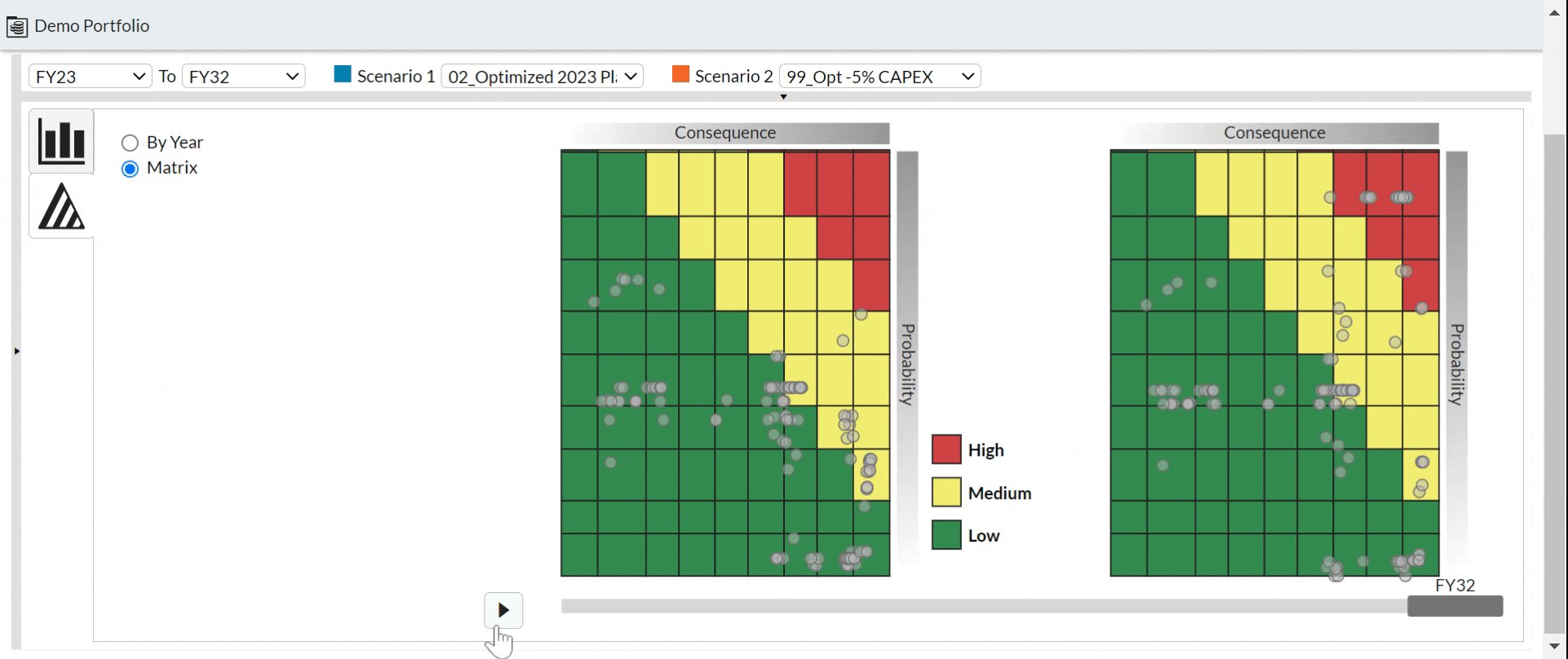Charting a Smarter Path Forward: Highlights from the 2025 Future Focus Roundtable
On May 8, transportation leaders from across the globe gathered virtually for a candid conversation about the future of capital planning.
Hosted by IFS Copperleaf®, the future focus roundtable brought together experts from Vancouver International Airport (YVR) and Houston METRO to explore how their organizations are navigating change, building internal alignment, and making more confident, value-based decisions.
Whether you’re just beginning your transformation or fine-tuning an existing process, the session offered practical insights for all levels of maturity.
Vancouver International Airport: A Strategic Shift in Capital Planning
Daniel Clement, Director of Asset Management at YVR, kicked things off by sharing a relatable story: “In my first year, I was getting capital project requests through hallway conversations, emails—even slipped under my door!”
Fast forward to today, YVR has evolved its approach into a centralized, strategic process built on transparency and risk-informed decision making. With IFS Copperleaf, the team is aligning infrastructure renewal capital investment requests with five core strategic objectives, while seeking to empower senior leaders with clear visibility into asset risk across the organization.
One standout moment? Daniel shared a dynamic risk heatmap that visualizes how risks evolve over time based on funding levels—a simple yet powerful tool that’s expected to be a game-changer for boardroom conversations.

Risk heatmap showing how funding decisions impact risk levels over time.
Houston METRO: Building on a Solid Foundation
Alexi Miller from Houston METRO shared a different but equally valuable journey. While YVR started from scratch, METRO had already established strong systems and data processes. The challenge? Making sure the right people had the right information to make the best decisions.
Alexi described how the agency’s move to a value-based approach brought silos together and helped teams see the bigger picture: “We call them ‘silos of excellence’—and now we’re sitting around the same table, talking the same language about what creates value for the people of Houston.”
He also emphasized the importance of getting small wins, integrating with operations teams, and helping stakeholders understand how strategic objectives translate into real-world priorities—like safety, accessibility, and ridership growth: “Historically, we’d say, ‘this asset is in bad shape.’ Now, we can say, ‘this investment improves safety, increases ridership, and addresses audit findings.’ That changes the conversation.”
Live Polls: Where Are You on the Journey?
During the session, we ran a few polls to check the pulse of the group. Most attendees said their capital planning maturity was “in the middle”—they have some tools, but plenty of room to grow. Executive engagement varied, but nobody was starting from scratch.
Better data collection tools and a strong organizational culture of continuous improvement were identified as the top enablers to improving capital planning maturity. Top challenges? Data access and navigating stakeholders.
Navigating the Human Element
The Q&A section surfaced a common challenge: “How do you objectively manage risk while also navigating political pressures and challenging stakeholders?”
Daniel and Alexi shared three practical strategies:
- Build checks and balances into your value framework. Before approving high-scoring projects, pass them through relevant teams or experts for validation. Does this project really improve safety by 20%? This approach keeps the process objective and defuses internal politics.
- Equip executives with tools to “turn the dial” when priorities shift. Give executives the ability to test scenarios and answer ‘what-if’ questions. What if we landed a new airline and needed a new jet bridge? What if funding levels change? Real-time insights help leaders pivot confidently without derailing long-term plans.
- Be transparent about must-do work. Some projects can’t wait. Define a clear path for mandatory work so everyone understands what’s non-negotiable and why. It prevents second-guessing and builds trust.
Sometimes you have to say ‘no’ to good projects so you can say ‘yes’ to great ones.
DANIEL CLEMENT
Director of Asset Management
YVR
Key Takeaways
- A strong value framework helps teams align around what matters most.
- Executive buy-in is critical and easier to achieve when the data tells a clear story.
- You don’t need to be perfect to get started. Focus on transparency, collaboration, and continuous improvement.
Whether you joined us live or are just catching up now, we hope these insights help you move forward with confidence.

